
The heart of every home is its people. When you walk into a family house pulsating with laughter, stories, and shared memories, you sense warmth beyond walls and paint colors. But how can the décor itself embody this spirit? In an age where family structures are dynamic and multi-generational living is regaining popularity — especially in India and other cultures that value extended families — do-it-yourself (DIY) decor offers a bridge across generations. It doesn’t just beautify a space; it creates it, through collaboration.
Here’s a guide to making multi-generational DIY decor projects work, complete with psychological insights, practical advice, and craft ideas that bring together children, parents, and grandparents. Whether you’re seeking to transform the family living room or just add a personal touch to a bedroom, this blog empowers you with the why, what, and how of age-inclusive crafting.
Why DIY Decor Matters In Multi-Generational Homes

Every family, at its core, wants to feel connected. In India, joint families — and even smaller nuclear ones — have always thrived on collaborative effort, shared rituals, and collective celebration. DIY decor channelizes that ethos into tangible form. It’s not just cost-effective or personalized: it builds social bonds, emotional resilience, and creative confidence.
The Psychological Benefits
- Building Bridges: Crafting together fosters dialogue, understanding, and empathy among generations who might otherwise struggle to connect in a fast-changing world.
- Memory-Making: Projects turn into cherished stories; a patchwork quilt isn’t just a blanket but a record of hands and hearts.
- Skill-Sharing: Elders impart skills and wisdom, children bring fresh ideas and energy; both generations feel valued.
- Therapeutic Value: The tactile process of creating reduces stress, improves motor function (especially for both elders and kids), and encourages mindfulness.
The Practical Upsides
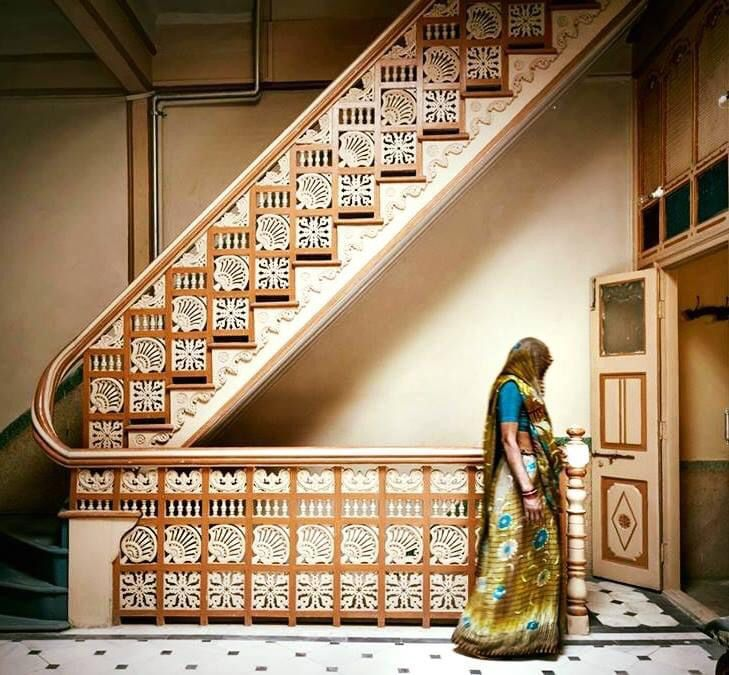
- Budget-Friendly: Save money compared to store-bought décor, especially when using upcycled or local materials.
- Fully Customizable: Tailor projects to fit home aesthetics and family preferences.
- Implementation Flexibility: Choose complexity to suit your group: simple crafts for kids, more advanced techniques for teens and adults, and accessible adaptations for seniors.
Setting Up For Success: Principles of Multi-Generational DIY Decor
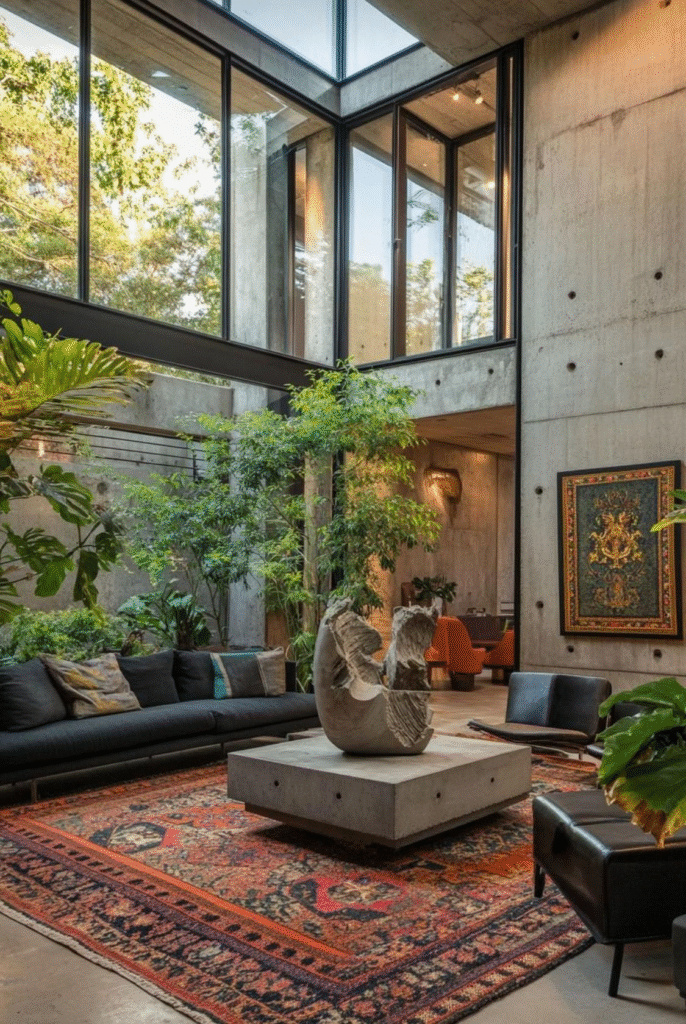
Before diving into projects, it’s essential to create an inclusive backdrop.
1. Involve Everyone in Planning
The spark of creativity shouldn’t just start at execution. Bring all ages into the conversation about possible projects:
- Host a ‘decor meeting’ where everyone proposes ideas.
- Take a walk around the house to brainstorm renovations or additions.
2. Choose Projects with Multiple Roles
Each craft should incorporate roles for different abilities and interests. For example, a family collage allows young children to draw, teens to cut and paste, and seniors to provide old photographs and stories.
3. Prioritize Accessibility
Consider physical limitations. Provide comfortable seating, good lighting, and keep tools child-friendly and senior-safe.
4. Celebrate Diversity
Let everyone express their style. Add ethnic motifs, family heirlooms, or regional crafts to honor all backgrounds.
5. Make it a Ritual
Set aside regular time — perhaps Sunday afternoons — for DIY sessions. Treat it as a festive event, not a chore.
Foundational Project Ideas: Bonding Across Ages

Here are project categories, each with suggestions for specific crafts.
A. Textile & Fabric Crafts
Perfect for large groups and a range of skills.
1. Patchwork Quilts or Throws
Every family member contributes a fabric square — a piece of an old sari, shirt, or dupatta. Seniors can sew by hand, teens and adults on the machine, kids can design rough squares with fabric paints.
Benefits: Shares family history, utilizes upcycled textiles, suitable for all skill levels.
2. DIY Cushion Covers
Children draw designs with fabric pens, adults sew or glue the covers. Try kantha or applique styles for a regional touch.
Tip: Pick motifs that represent each person — favorite animal, flower, or initial.
B. Wall Art & Murals
Joint creative displays that transform communal spaces.
1. Family Tree Collage
Use chart paper to create a family tree; elders provide stories and photos, kids draw leaf and animal shapes, adults frame and hang.
Extensions: Incorporate birthdates, memorable events, or favorite sayings for each member.
2. Painted Murals
Choose a blank wall. Seniors sketch outlines, adults and kids paint. Themes: a local landscape, a meaningful festival, or abstract forms.
Note: Use safe, washable paints for easy cleanup.
C. Upcycled Crafts
Eco-conscious, budget-friendly, and creatively open-ended.
1. Bottle Planters
Collect plastic bottles; kids decorate with paint and googly eyes, adults oversee cutting and potting. Seniors suggest local plants or medicinal herbs.
2. Newspaper & Magazine Art
Make rolled-paper coasters, wall baskets, or papier-mâché bowls. Share stories about favorite magazines or articles while crafting.
D. Personal Objects
Add customized items throughout the house.
1. DIY Photo Frames
Cardboard-cut frames decorated with beads, fabric, paint, or buttons. Each member frames their favorite photo.
2. Door Hangings (Torans)
Use wool, colored paper, beads, or macramé. Seniors choose auspicious designs, kids do the assembly, adults handle hanging.
E. Seasonal and Festival Projects
Indian households can sync DIY with celebrations.
1. Handmade Diyas & Rangolis
Use air-dry clay or painted terracotta for diyas; create rangoli designs on felt or cardboard, so younger or older family members can participate who might struggle with ground drawing.
2. Festive Garlands
String flowers, leaves, or colored paper for Diwali, Christmas, or Eid. Rotate who designs each section.
Making Projects Age-Inclusive: Tips & Adaptations
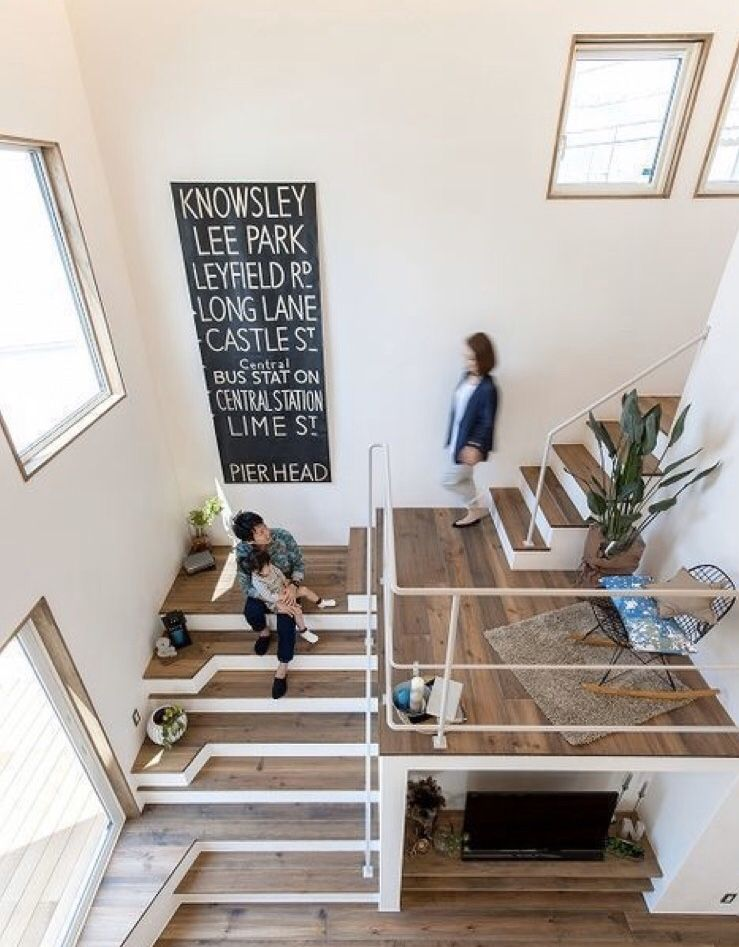
To maximize fun and minimize frustration, tailor projects thoughtfully.
For Young Children (Below 10)
- Opt for large, simple shapes.
- Use safe, non-toxic materials.
- Involve them in imaginative tasks (drawing, finger-painting, sticking).
For Teens
- Assign leadership roles (project manager, photographer for documentation).
- Allow use of tech — digital designs, app-based learning, or online tutorials.
- Encourage personalized crafts reflecting individual taste.
For Adults
- Facilitate complex tasks — sewing, woodwork, knitting, power tool use (safely).
- Motivate by setting challenges: upcycle challenges, advanced painting, large-scale organization.
For Seniors
- Choose crafts reflecting heritage: embroidery, crochet, storytelling.
- Use adaptive tools (large needles, comfortable grips).
- Encourage story-sharing as part of the crafting.
The Indian Context: Regional Crafts Meet Modern DIY
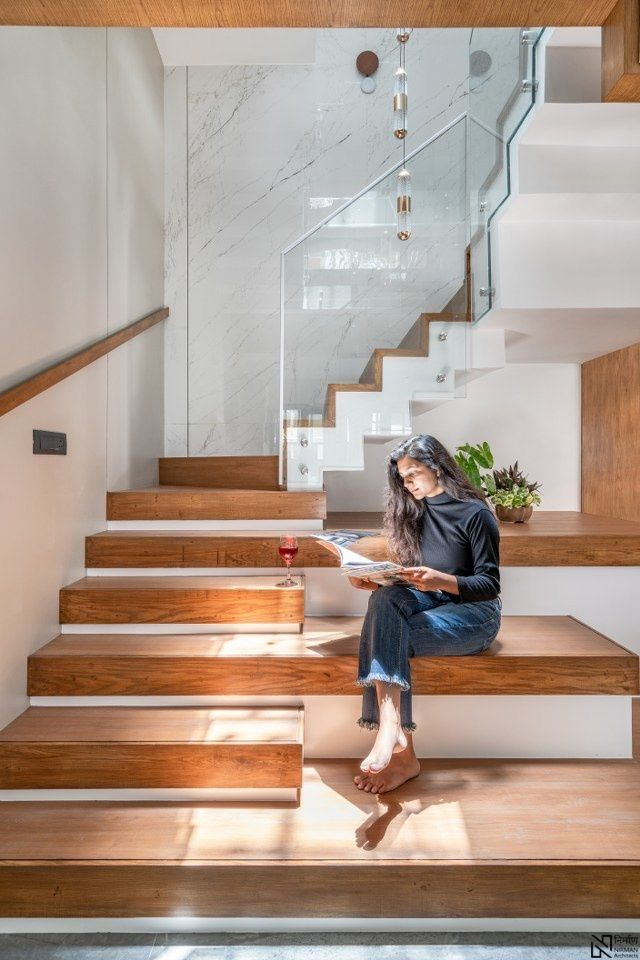
Indian homes offer a vast palette of crafts to inspire multi-generational projects.
Embroidery & Textile Heritage
- Phulkari, Kantha, Chikankari, Kutch work: Involve older family members in teaching traditional stitches; kids can learn basics with yarn and cloth scraps.
Folk Paintings
- Warli, Madhubani, Kalamkari: Paint DIY coasters, bookmarks, or wall-hangings together, merging motifs with contemporary colors.
Clay Modelling and Pottery
- Diya Making for Diwali: Seniors share traditional shapes, teens and adults shape and bake, kids paint.
Beadwork and Jewelry
- Raksha Bandhan Threads, Navratri Necklaces: Each generation creates one accessory, pooling beads and necklace styles.
The Digital Twist: Blending Technology with Tradition
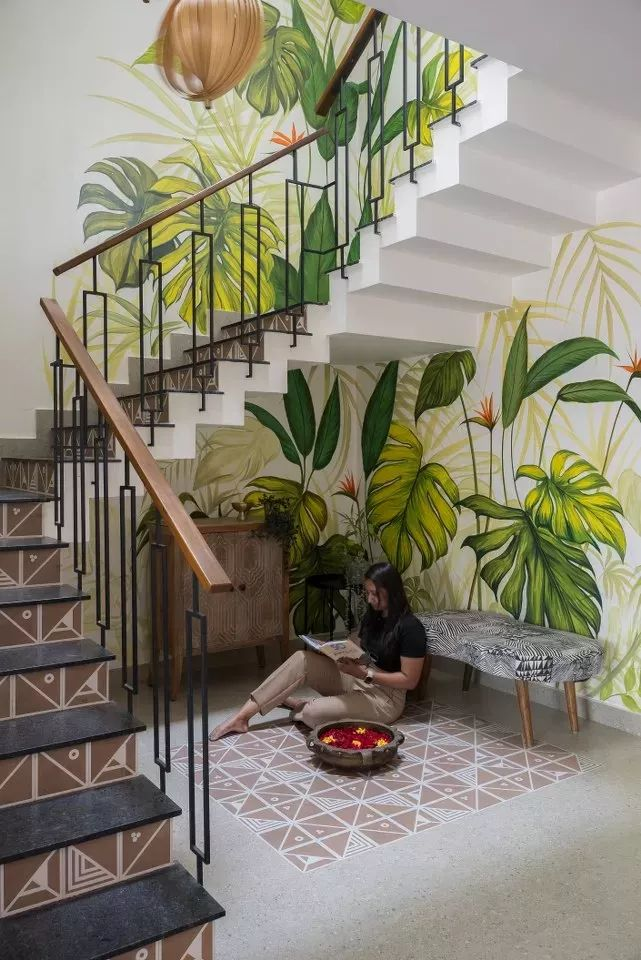
Embrace tech in crafting.
- Video Calls for Remote Families: If members live separately, host online DIY sessions.
- Digital Family Albums: Create decorated photo albums (online or handmade) with everyone contributing images or messages.
- Project Documentation: Teens and adults can keep a crafting blog or Instagram page, sharing process and results, inviting extended relatives to comment or suggest.
Challenges and Solutions: Making It Work
Multi-generational projects aren’t without hiccups.
Common Roadblocks
- Differing Interests: Tastes vary — not everyone loves painting.
- Pace and Patience: Kids rush, seniors prefer slow work.
- Space and Mess: Apartments may be small, crafting gets messy.
Solutions
- Rotating Leadership: Give everyone a turn at choosing the project.
- Modular Work: Split larger projects into parts so work happens at different times, paces.
- Prep Zones: Use trays and mats for easy clean-up.
- Praise and Display: Publicly showcase all projects, regardless of outcome.
Adult Supervision and Safeguards
Always prioritize safety.
- Keep sharp objects or hot glue away from children and frail seniors.
- Use gloves with strong adhesives or paints.
- Ventilate well when using sprays or strong glues.
- Store tools neatly after project completion.
The Ripple Effects: Beyond Decor
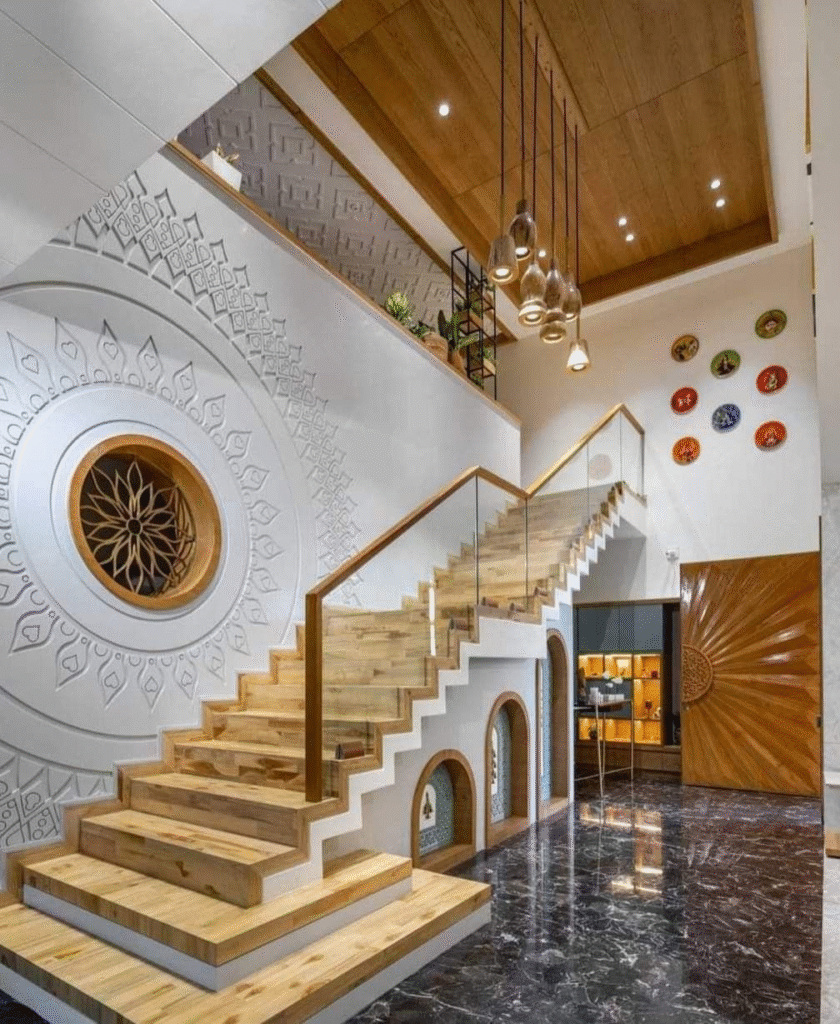
The value of family DIY decor projects extends beyond the pretty lamp shade or wall hanging.
Strengthening Family Bonds
Research shows collaborative crafting encourages communication skills, reduces generational gaps, and boosts mutual respect. Grandparents often feel re-invigorated by teaching, while kids gain appreciation for tradition.
Mental Health Benefits
Art therapy is widely recognized; crafting as a group multiplies its effects by offering companionship, tackling isolation, and stimulating cognitive function in seniors.
Cultural Preservation
Family-crafted decor becomes heirloom, carrying forward local motifs, traditional designs, and stories into the future.
Real-Life Examples: Indian Family DIY Journeys
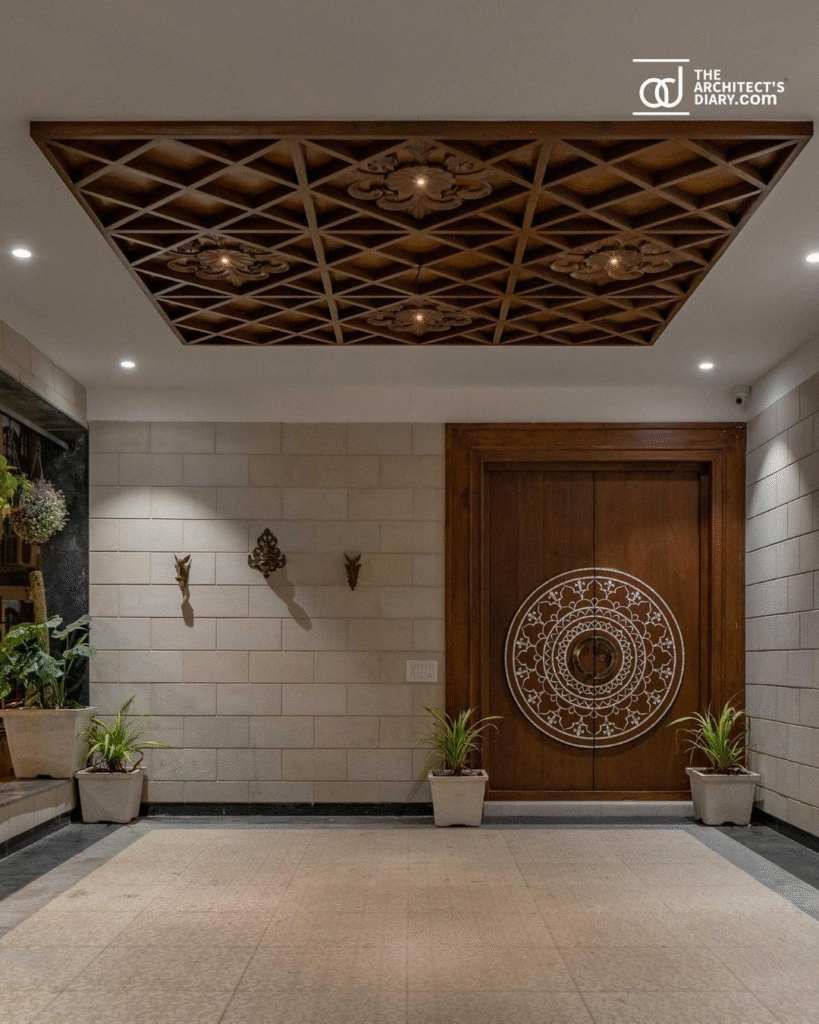
The Hyderabad Quilt Family
Three generations make a quilt for the new baby — with patches from each member’s childhood dress, wedding saree, and favorite kurta. The quilt becomes a centerpiece and talking point for the family, cherished for its stories.
The Mumbai Balcony Makeover
A grandmother, mother, and children transform a small balcony using bottle planters, homemade wind chimes, and hand-painted pots. The space evolves into a mini sanctuary for evening chats.
The Chennai Wall of Memories
A large family living in a Chennai apartment constructs a photo wall: elders supply vintage images, kids design captions, adults frame and arrange. The wall becomes a living timeline of family history.
DIY Decor: A Lifetime Investment
While store-bought decor may last for a period, DIY projects are built to endure in unique ways:
- Sentimental Value: Each piece records a moment in time, hands that made it, and stories woven into color and shape.
- Learning and Growth: Kids develop motor skills, adults practice resourcefulness, seniors teach and reminisce.
- Home Evolution: Projects can change with the seasons, festivals, or phases of life. Old crafts energize new generations — a cycle that renews itself.
Getting Started: A Practical Checklist
Materials
- Basic craft supplies — scissors, glue, paper, fabric scraps, paint.
- Upcycled items — bottles, boxes, old clothes, tin cans.
- Tools — safe brushes, child-friendly needles, comfortable chairs.
Planning
- Assign roles or tasks ahead of time.
- Prepare workspaces — mats, trays, aprons.
- Schedule time, preferably on weekends or holidays.
Execution
- Mix and match ages for diversity.
- Pause for tea and snacks!
- Document with photos and captions.
Displaying
- Proudly exhibit all pieces, rotating displays seasonally or as part of festivals.
Conclusion: Crafting a Home That Belongs to Everyone
In a world racing toward convenience, DIY decor stands as a joyous rebellion. It celebrates the process over the product, the togetherness over the outcome. In multi-generational households, these craft projects are more than creative exercises — they are gestures of love, repositories of memory, and anchors of identity.
The greatest décor in a family home is that which is made together — colored by collective laughter, hand-stitched with stories, shaped by many minds. These projects build not only walls and shelves, but bridges: between ages, backgrounds, and hearts.
So gather your family, clear your dining table, and let the crafting begin. The results — a beautiful, vibrant, imperfectly perfect home — will last for generations to come.
